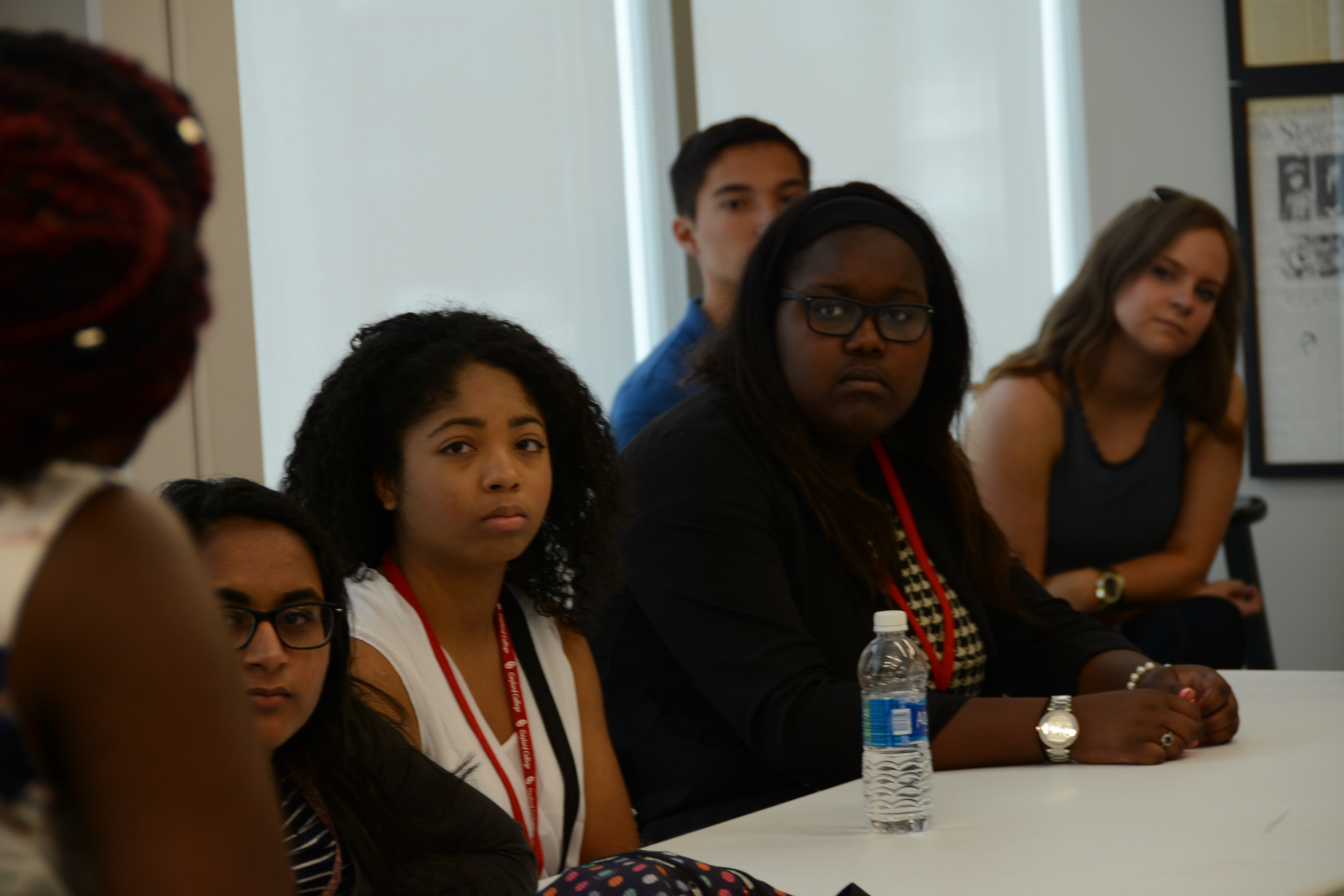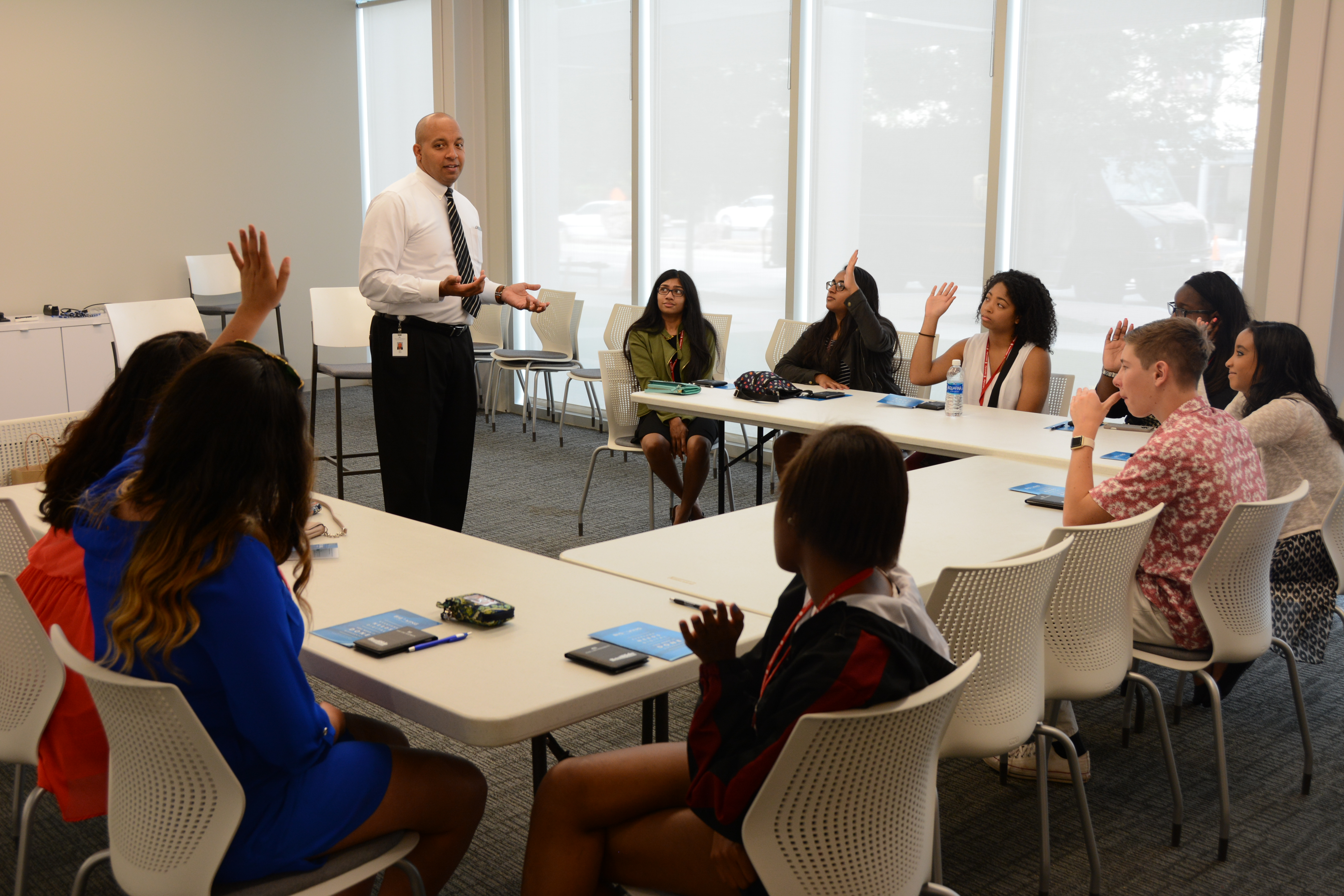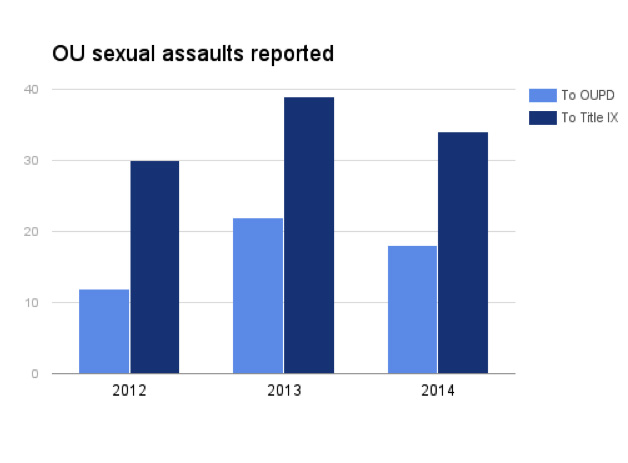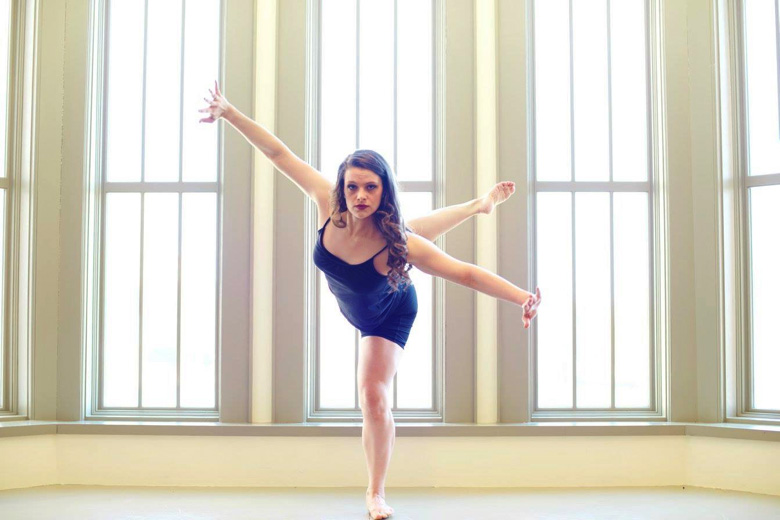
Many young adults struggle with healthy body images due to today’s society. These young adults focus more on the exterior, agonizing over what to eat and which photo will make a good profile picture without realizing that all can come at the expense of what is really important: health.
This struggle is all the more real for college students who study dance and performance arts. Their bodies are presented constantly on stage and are spotlighted throughout shows. They view their bodies daily in the mirror while rehearsing, and the intensity leads some dancers to go to exaggerated lengths to achieve the “perfect” figure.
A 2013 study by the National Institute of Health found that dancers need proper nutrition, not just for energy intake. The study further suggests dancers seek dietary advice, since the pressure to maintain a low body weight and low body fat levels are high.
At elite dance programs like OU’s, students exercise for long hours each day to maintain their fitness and endurance, but even those students admit to challenges, including indulging in fast food and sweets on occasion.
“My health habits are pretty good, I try to eat a lot of food…. because we do need protein to grow muscles in order to lift the female dancers with ease,” said Manny Valdes, a modern dance performance senior from Dallas.
“We try to keep a balance and it has to come easy in order to be ready for our performances. If you don’t take care of yourself, it’s a risk and it shows.”
Across gender lines, modern dance performance graduate Emily Lower’s view on her health doesn’t differ much from Valdes’.
“I think I’ve gone in both phases throughout my life,” she said. “There are times where I’m in a good place, like I do Crossfit and dance. And then there’s other times when it gets overwhelming trying to live that lifestyle. I like to have fun and eat normal food that isn’t so good, but I go back to doing what I’ve done before.
“It’s important to keep your instrument, your body, as tuned as possible,” Lower said.
Still, they and other dancers acknowledge the expectation to have a certain shape and size. Pursuing these expectations can make a dancer self-conscious.
“My body has definitely been an issue in my life,” Lower said. “I’m not sure if it’s because of dance or my individual issues, I’m not a fan of my body at times. I’ve tried diets but never anything too extreme, just watch calories, eat veggies and proteins but those never last especially while I was in college. I don’t really think it was more physical rather than internal.”
With students’ different body types come different perceptions.
“I was really and truly blessed with what is considered the ideal ‘ballet body,’ said Jessica Barber, a former journalism junior from Tulsa who has danced for years and is now transferring to UMKC to be a sophomore in dance performance. “I’m tall and thin with lean muscles, but when I was younger, I looked like a baby giraffe and had very little strength.”
That at times created difficulties.
“I was also growing, which meant I was awkward and tall and didn’t really fit in with the girls my age,” Barber said. “When I was 12, I was already 5-6 and everyone else was barely 5-1. I never had to go on a diet, but I can’t tell you how many of my friends that started counting calories when they were 11 or 12.
“The thing is when you’re that young you don’t really know what your body will be like yet, so you have to accept yourself and your flaws so that you can move forward and work on strengthening.”
Both Lower and Barber agree that most of the time self-consciousness comes from themselves rather than outside perspectives. That’s reinforced by a 2003 study in Psychopathology that examined 113 female dancers from seven non-professional dance schools. Only 2 percent — approximately two dancers in the sample group — were affected by overweight issues.
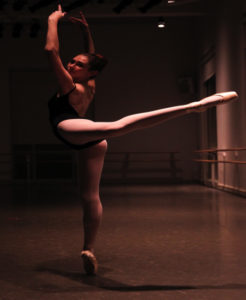
“I think that eating disorders are a real thing among a lot different disciplines,” Valdes said. “We see it more in dance due to the fact that there is so much more added pressure to a dancer. Constantly having to stare at yourself in the mirror, making sure you fit into your costume and being able to move and be lifted as easy as possible.”
“When you let the disorder take over it can be very scary and you really feel like you’re overweight, but in all actuality you’re stick thin,” Valdes continued. “I’ve personally never had this problem, but have seen it and it can definitely consume you. …I think having support and love from fellow dancers, teachers, friends and family help to subside these, but it is a real thing that several people, not only dancers go through.”
Fact check: Healthy tips for dancers to maintain an energy balance
- Have scheduled workouts that expend calories without resorting to dieting
- Male dancers need to build body mass so they can lift female dancers with ease
- Plan meals, especially brain food such as fish, fruits and vegetables, to stay focused
- Hydrate, but not so much to cause bloating or frequent bathroom breaks

